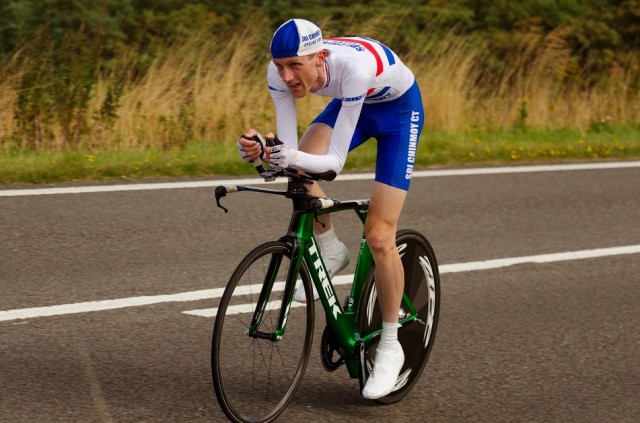It was interesting to watch the Vuelta Espagne stage to La Camperona on Saturday.
- 1.9 miles. Average gradient of 13%. But, with ramps of over 20%.
- 1,295ft / 395m of uphill ascent in less than two miles.
- Strava segment of La Camperona
On Strava, Robert Gesink is the quickest with 13.59. An average speed of 8.2mph. 399 watts average. A VAM of 1,694.0
The interesting thing was watching the climb unfold on Eurosport. At the bottom Valverde attacked, gaining a 20 second advantage. Froome was dropped from the main contenders and slipped away. But, as the climb unfolded, Valverde blew and Froome came back in contention. Picking off the favourites who had gone hard from the start; on that climb it was Froome who was the best of the GC contenders.
At 12-13 minutes, it’s quite a long climb. Also, at an average speed of 8.2mph, there is much less aero benefit from sitting in the wheels than usual. Therefore, there is less downside to getting dropped and going at your own pace. Froome likes looking at his stem and power meter, but bbviously sometimes there must be a benefit to looking at your power meter in a climb. Or at least be very confident in your ability to pace a climb.
I would say a power meter can be helpful, but it is important training to learn the art of pacing, without looking at a computer.
Blowing up on a climb
Everyone knows that awful feeling of getting carried away on the bottom of a really steep hill and then having to grovel all the way to the top. It happened to me this summer on Bushcombe Lane – with 25% gradient. It takes a certain patience to ride within yourself and make sure you can go all the way to the top at your best pace
Yesterday, after the race, I did some hill efforts, but purposefully kept to a lower power than usual for doing hill climbs. It was a nice feeling to be able to go all the way up the climb, knowing at any stage you can pick it up if necessary.
It all depends on the climb. Take a traditional British hill climb 3-4 minutes, and it requires a very different pacing to a 13-14 minute climb. But, even on a three minute climb, you can still blow up badly, if you get pacing completely wrong. Chris Boardman in his hill climb tips, always recommended riding a hill climb leaving a little for a sprint in the last half.
But, that doesn’t necessarily work for everyone. I dont really have a sprint to speak of. If I wait for a last minute sprint, I would never do my best hill climbs. I need to ride close to the limit for as long as I can.
The only real way to learn how to pace hill climbs, is to experiment and do real hill climbs in practice. Forget intervals on turbo, go out and find a suitable hill and do a few efforts. If you can measure your time, power and heart rate, it gives even more data to work with. Try your favourite hill in different ways. One day go like a madman from the start, another day pick it up after half way.

Thanks to Ken Norbury for this photo from yesterday. (album on Google Plus)
See also: pacing on hill climbs

